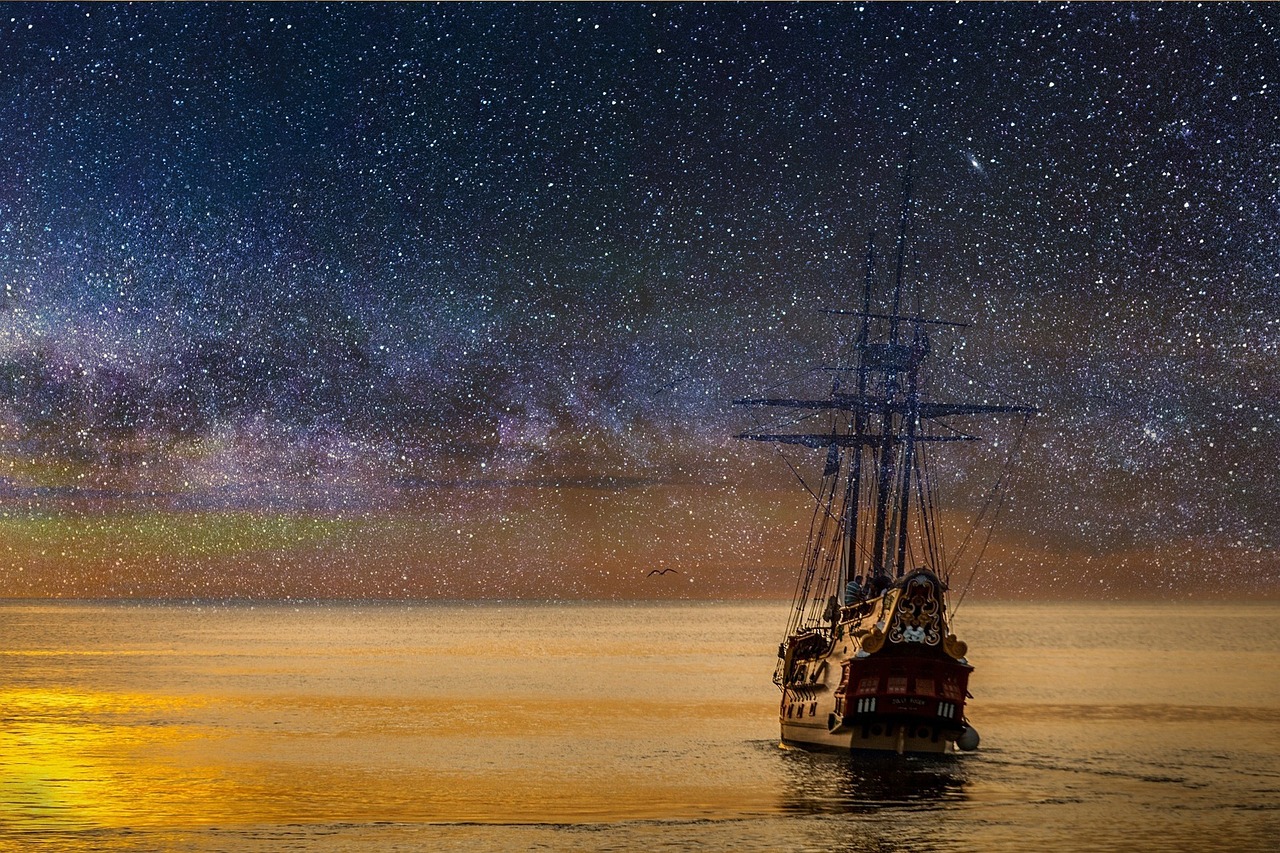**Title: The Art of Translating Art**
Translating art is a delicate craft that requires more than just linguistic proficiency; it demands an understanding of cultural nuances, historical contexts, and artistic sensibilities. Whether it's literature, visual arts, music, or performing arts, each medium presents its own set of challenges and opportunities for the translator. Let's explore the intricacies of translating art from various perspectives:
**Literature Translation:**
Literature translation involves not only transferring words from one language to another but also capturing the essence, style, and tone of the original work. A skilled literary translator must possess a deep understanding of both languages, as well as the ability to convey the nuances of the author's voice.
One of the key challenges in literature translation is maintaining fidelity to the original while ensuring the text resonates with the target audience. This often requires creative solutions, such as finding equivalent idiomatic expressions or adapting cultural references.
Translators also need to navigate linguistic differences, such as idioms, wordplay, and cultural nuances, which may not have direct equivalents in the target language. This demands a nuanced approach that balances faithfulness to the original text with readability and cultural relevance.
**Visual Arts Translation:**
Translating visual arts encompasses a wide range of mediums, including painting, sculpture, photography, and film. Unlike literature, visual arts rely on images rather than words to convey meaning, posing unique challenges for translators.
When translating visual arts, it's essential to consider not only the verbal description but also the emotional and aesthetic impact of the artwork. Translators may need to convey the symbolism, mood, and cultural significance of the piece, requiring a deep understanding of both artistic techniques and cultural contexts.
In the case of film translation, subtitling and dubbing play crucial roles in making foreign films accessible to international audiences. Translators must strike a balance between accuracy and readability, ensuring that dialogue remains faithful to the original while also syncing with the visual elements on screen.
**Music Translation:**
Translating music involves more than just converting lyrics from one language to another; it requires an understanding of musicality, rhythm, and cultural references. Translators must not only convey the meaning of the lyrics but also capture the mood and tone of the music itself.
One of the challenges in music translation is preserving the rhyme, rhythm, and meter of the original lyrics while ensuring they make sense in the target language. This often requires creative adaptation and linguistic ingenuity to maintain both musicality and meaning.
Translators also need to consider cultural differences in musical preferences and lyrical themes, ensuring that the translated lyrics resonate with the target audience. This may involve adapting references to local customs, traditions, and idiomatic expressions.
**Performing Arts Translation:**
Performing arts translation encompasses theater, dance, opera, and other live performances, where language is intertwined with movement, expression, and emotion. Translators must capture not only the dialogue but also the nuances of gesture, intonation, and facial expression.
In theater translation, for example, translators must convey the rhythm and cadence of the original dialogue while ensuring it remains natural and comprehensible to the audience. This may involve adapting cultural references, jokes, and wordplay to suit the target language and audience.
Similarly, in dance and opera translation, translators must convey the narrative and emotional depth of the performance through both words and movement. This requires a keen understanding of both the linguistic and artistic elements at play.
In conclusion, translating art is a multifaceted endeavor that requires linguistic expertise, cultural sensitivity, and artistic intuition. Whether it's literature, visual arts, music, or performing arts, each medium presents its own set of challenges and opportunities for translators. By embracing creativity, empathy, and attention to detail, translators can bridge linguistic and cultural divides, allowing audiences around the world to experience the beauty and richness of art in all its forms.
**End of Document**

免责声明:本网站部分内容由用户自行上传,若侵犯了您的权益,请联系我们处理,谢谢!联系QQ:2760375052 沪ICP备2023024866号-10












评论